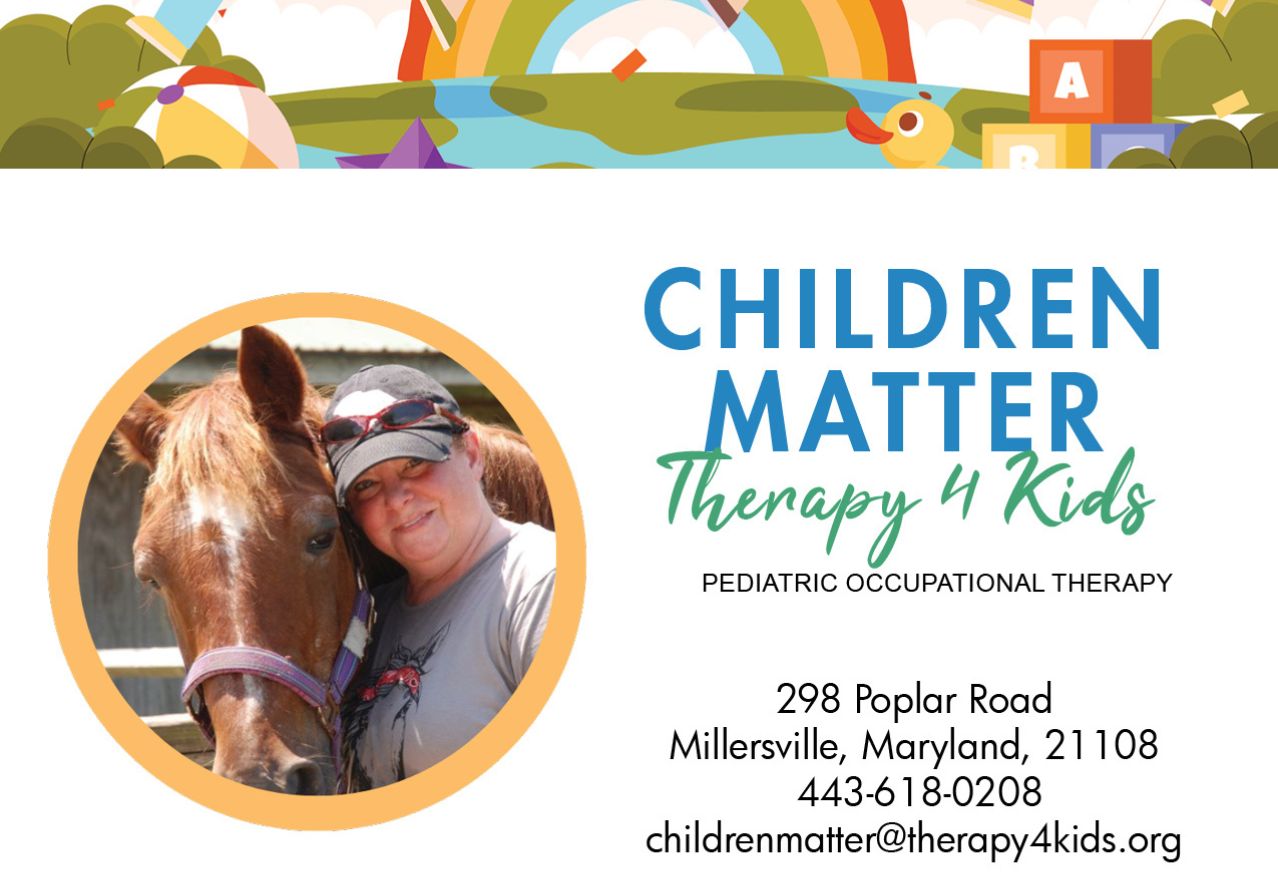Affirmations — 5 Practices for Building Internal Strength

Building new positive stories and beliefs about oneself takes practice. Frequent and consistent re-connection with core values, new healthy choices and behaviors, and a shift in one’s core beliefs takes time..The more we practice and incorporate these new beliefs into our daily routines and mindset, the more we will achieve their benefits.
Affirmations Defined — An affirmation is a positive statement or thought about oneself or another person. An affirmation can also be a meditation or prayer that focuses on a positive outcome. They are often used to counteract self-sabotaging and negative thoughts. Affirmations can be thought of as a statement of truth about what one aspires to be in life. Affirmations are best when they are practical and achievable. They are best when practiced through repetition which allows the affirmation to “reprogram” the subconscious and reframe the negative belief in a more positive light.

How do affirmations work? As we first introduced in our post, Affirmations — The Practice of Positive Thinking, the practice of self-affirmation builds a positive sense of self by allowing individuals to reflect on a personally relevant value, belief, or role. It might also involve engaging in activities that evoke a personally relevant value, such as helping a friend, acting with integrity at work, or being a good parent or family member. Over time, practicing self-affirmation builds a strong positive foundation for a sense of Self from which to draw. When individuals are faced with a situation that threatens their sense of Self, these memories serve to remind them of the broader self-worth, values, and beliefs by which they define themselves and their lives. This self-awareness and change of perspective shifts attention away from the situation at hand that conflicts with or threatens the sense of Self toward a larger context of who they are. When individuals operate from this broader perspective, they tend to react less defensively to the stressful and threatening situation, which allows them to act more effectively.

How do I build new routines and habits? Change is one of the most difficult behavioral processes. Changing one’s routines and habits at any level takes thought, choice, commitment, preparation, and action. Starting a new behavior for practicing affirmations is no different. The benefits can be life changing. Sometime quickly, but more often slowly over time. Once one has made the choice to try this new practice, the question arises, how do I actually do this? Like with the Stages of Change, the next stages include preparation and action. Below highlights 5 Steps for practicing Affirmations. Each step includes a few ideas for what to do and how to get started. Before you start, please remember, when acquiring any new skill, one is often not proficient or effective from the start. New skills take time through frequent, consistent, and repeated practice. The key is to not get discouraged if the benefits do not come right away. Stick with it, adjust your plan as needed, and most importantly — practice, practice, practice.
Affirmations Practices Defined
5 Steps for Practicing Affirmations — Below highlights 5 Steps for practicing affirmations. Take a moment to read through each of the steps to get your bearings. Select a few of the ideas that you think will help you to get started and put your initial plan into action before you go to sleep tonight. Remember, there is no perfection to how one practices affirmations. It’s all about progress and ongoing practice.



The Discovery Cards include over fifty (50) affirmations to explore. Get an Affirmations Discovery Cards deck, review the 5 Steps below, and then answer the Questions to Explore below.


Step 1 — Select Affirmation: Affirmations can be applied to specific situations, or can be practiced in a more general way. To get started, you can keep it simple and think about something positive you’d like to tell your Self, about your Self at the beginning of each day. More of a way to set a positive outlook for the day at hand. The other option is to dive in deeper and address negative self-talk that arises from a specific stressful or challenging situation you are dealing with. Which ever the case, pick an affirmation you think will be helpful and best for you and get started.


Step 2 — Set Time: Time is one of the most valuable and limited resources. Allowing oneself to take a moment out of our busy lives to care for our mental health is already a new behavior. Turning a new behavior into a daily routine or habit does take the commitment to finding a moment or two (or more) in each day to practice. As you read through the ideas on the card to the left, what time of the day will be best for you? How often to you want to build this practice into your day? Once you’ve found a good time for you, protect it.


Step 3 — Secure Place: Now that you have a context for thinking about your Self and the best time to do it, where is the best place for you? It is difficult to think and focus in places or spaces with distractions – noise, activity, physically uncomfortable, etc. You can literally practice affirmations anywhere once you get some experience. When starting, we suggest you find a place that is comfortable, quiet, and peaceful. If the first place you choose doesn’t work out, find another. Revising your plans in any change process is key to long-term success.


Step 4 — Start & Repeat Process: The next step is simple, just do it! Review the ideas on the cards for this step and jump in. Remember, this is all about you and not about others, what others think, or what you want them to think of you. This next step is about you, and what you want to tell your Self about your Self. The goal here is to strengthen our internal beliefs about ourselves. The strength comes from being at peace about what we learn about and believe about ourselves. Our beliefs may not change overnight so stay at it. Keep practicing and you will start to see changes in your thinking and benefits along the path.


Step 5 — See Benefits: Mindfulness is key to this last step. Envisioning, embracing, and re-enforcing these stories and beliefs keeps one engaged in this new practice. Do take time to reflect on what you are learning about your Self — your thoughts, feelings, and your outlook on life as it relates to yourself and others. Share what you are learning with others and gain their perspective. Share your experience with the practice of affirmations and support others in trying it. The more we learn, share, and help others along out self-care journeys, the more it enables us to maintain this new practice of building internal strength.
Questions to Explore

Answer these questions for yourself or someone you are working with.
- What did your find most helpful about this post? Explain.
- Are you open to practicing affirmations given what you learned? Are you willing to start today or tomorrow? When will you start?
- Do you have a specific affirmation you’d like to start with or a specific negative belief or self-talk you’d like to address? Explain.
- What is the best time and place during your day for you to practice? Remember, if it doesn’t work out the first time, adjust your plan.
- Who can you ask for help and support in sharing what you learn from practicing affirmations on a daily basis?
References
Cohen GL, Sherman DK. “The Psychology of Change: Self-Affirmation and Social Psychological Intervention.” Annual Review of Psychology 65:333–371, 2014 Cohen GL, Sherman DK. “Self-Affirmation Theory,” in Encyclopedia of Social Psychology, pp 787–789. Edited by R. Baumeister R, Vohs K. Thousand Oakes, CA, SAGE Publications, 2007
Sherman DK, Cohen GL. “The Psychology of Self-Defense: Self-Affirmation Theory,” in Advances in Experimental Social Psychology. Edited by Zanna MP. Vol 38, pp 183–242. New York, NY, Guilford Press, 2006
Steele CM. “The Psychology of Self-Affirmation: Sustaining the Integrity of the Self.” Advances in Experimental Social Psychology 21:261–302, 1988John L. Holland, 1919–2008: A Select Bibliography added to the Tribute & Obituary”. NCDA. November 2, 2008. Retrieved December 7, 2015.
Copyright 2022 R1 Learning LLC / All Rights Reserved. Use of this article for any purpose is prohibited without permission.
Engage, Educate, and Equip Your Practitioners
Affirmation Toolkits and Resources
The R1 Learning System and the Discovery Cards Group Kits enable programs to implement workforce training programs strategically. Contact us to learn more about how to best implement the R1 Affirmations topic in your program, train your team, and engage clients in service. Visit the R1 Store to learn more about our training, tools, and technology resources. The Discovery Cards are an amazing tool for exploring these topics with individuals or groups.






